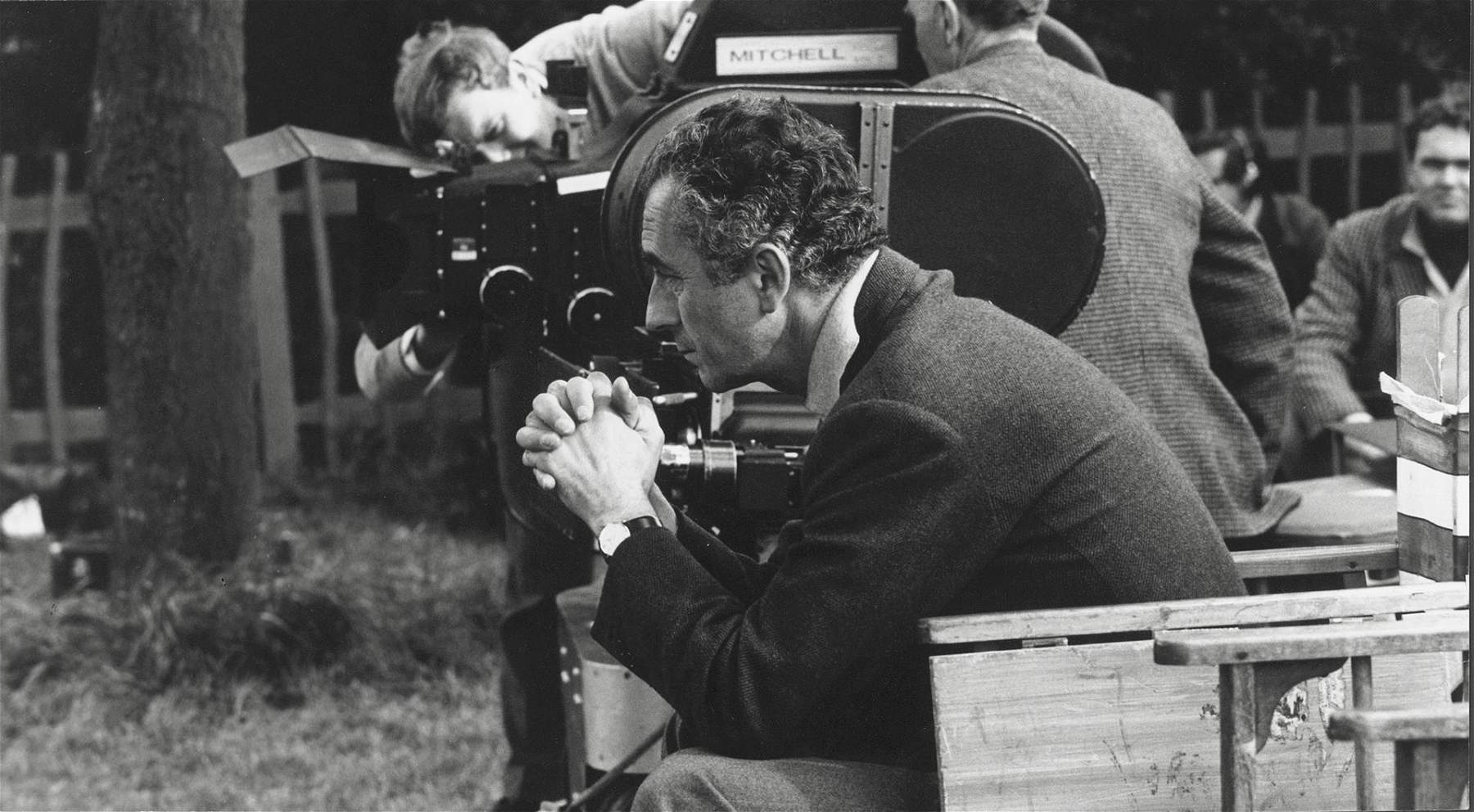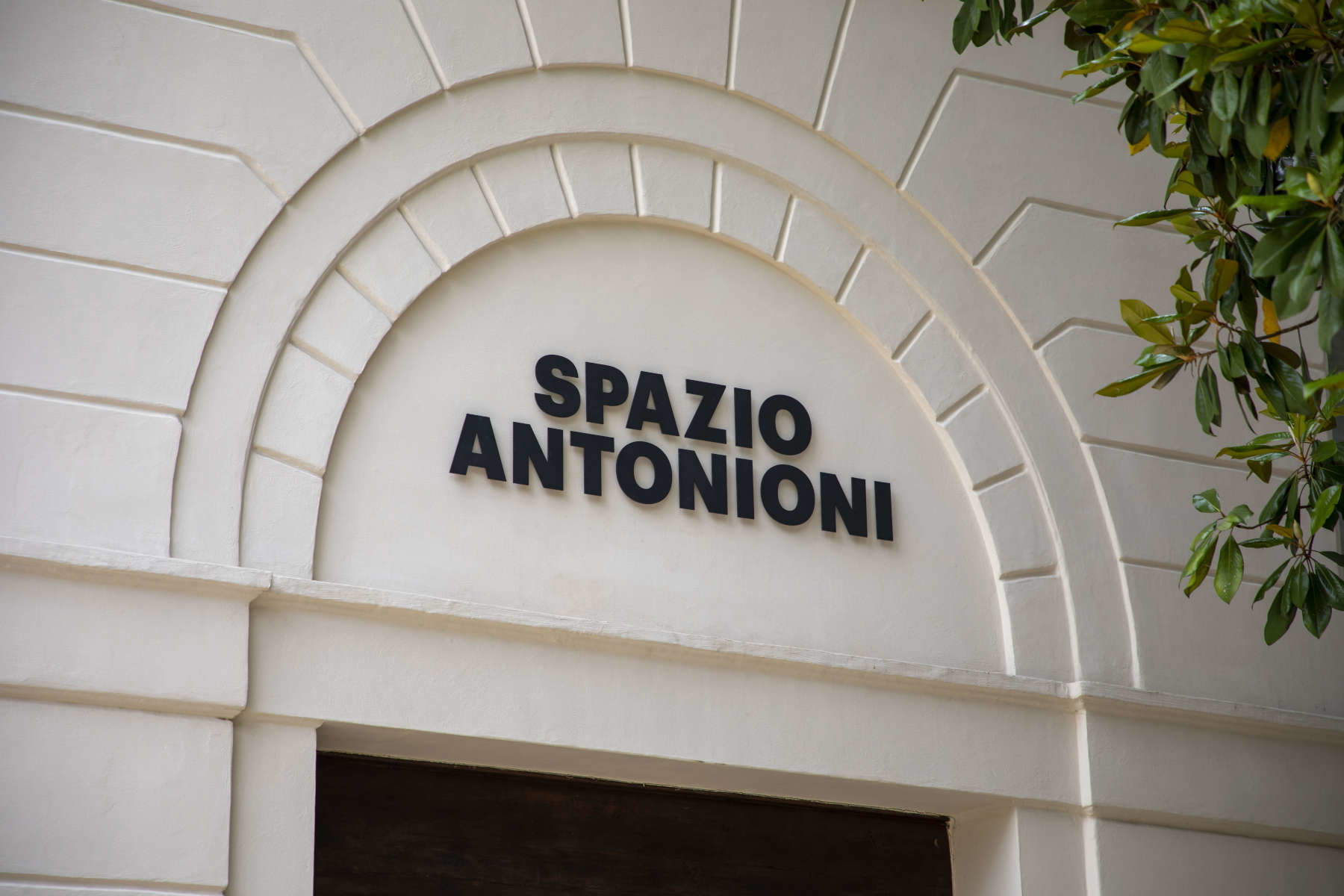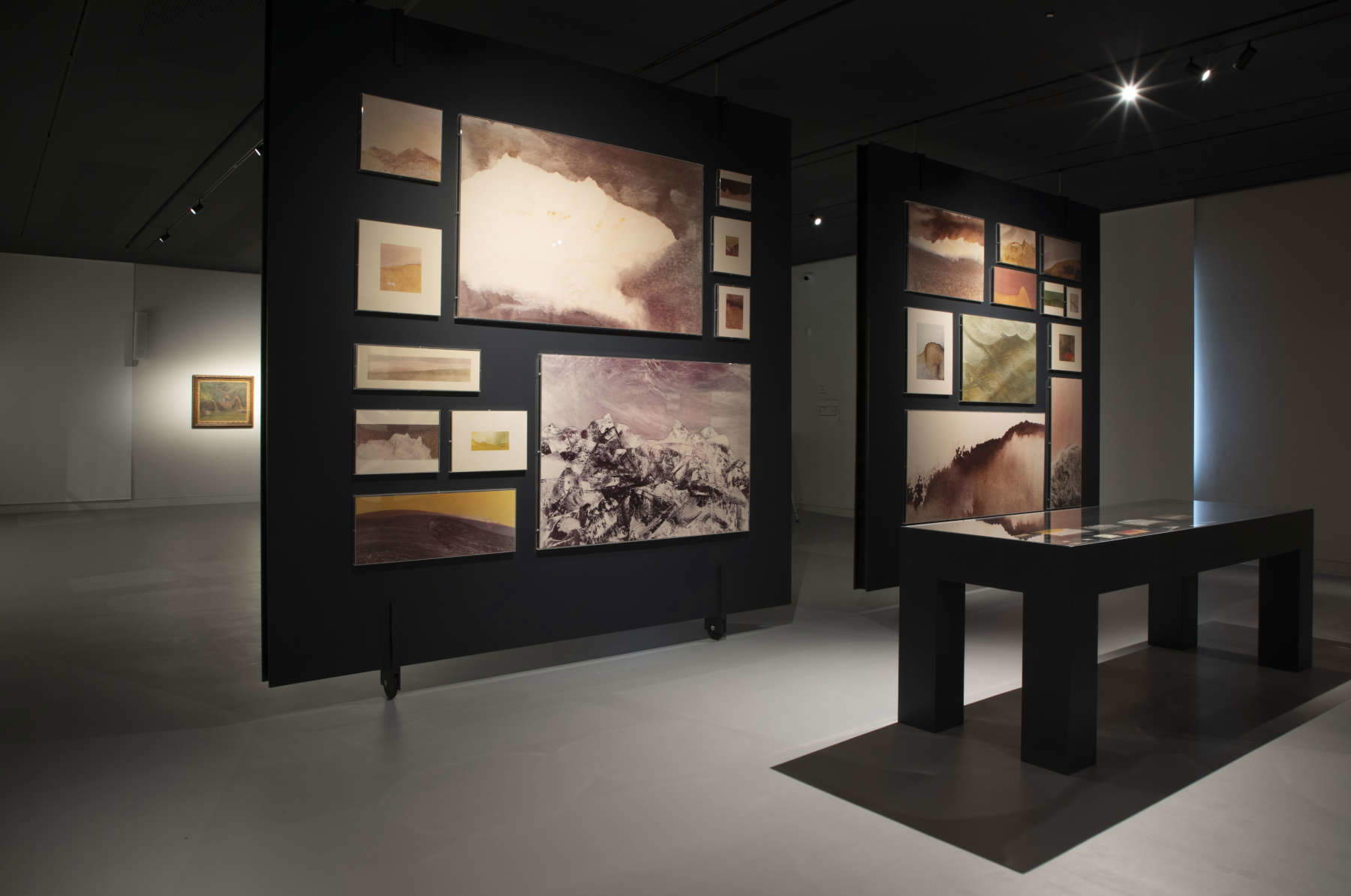Starting today, June 1, 2024, Antonioni Space, a new museum dedicated to the intellectual and creative universe of Michelangelo Antonioni (Ferrara, 1912 - Rome, 2007), one of the most influential figures in modern cinematography, opens to the public in Ferrara. Located in theformer Contemporary Art Pavilion of Palazzo Massari, the museum promises to become a landmark for film enthusiasts and scholars.
Described by Martin Scorsese as a “poet of our changing world” and by Wim Wenders as a “painter of the screen,” Antonioni is celebrated for his ability to deeply explore human feelings, as highlighted by Akira Kurosawa. His work has influenced generations of filmmakers and maintained a lively dialogue with the fine arts. The museum project, curated by Dominique Païni, former director of the Cinémathèque Française, was realized through the efforts of the City of Ferrara and the Ferrara Arte Foundation, at the input of Vittorio Sgarbi and in collaboration with Enrica Fico Antonioni. The goal is to create a living museum, a place of education and discovery, where to explore evidence of Antonioni’s work and connections with other artists and intellectuals.
The Antonioni Space houses a selection of the extraordinary archive of more than 47,000 pieces, donated by the director and his wife to the City of Ferrara. The archive includes films, posters, scripts, photographs, drawings, paintings, books, records, awards and a rich epistolary with cultural figures such as Roland Barthes, Umberto Eco, Federico Fellini and Andrej Tarkovskij. This treasure has been enhanced thanks to a project supported by the Emilia-Romagna Region.
The museum tour, which spans the two floors of Palazzo Massari, is organized chronologically, tracing the stages of Antonioni’s career. From his early works in neorealism, through the trilogy of modernity with Monica Vitti, to international masterpieces such as Blow Up and Zabriskie Point. The museum also explores Antonioni’s pictorial production and his dreamlike landscapes of the “Enchanted Mountains.”
Designed by the Alvisi Kirimoto studio, the museum features an exhibition itinerary reminiscent of Antonioni’s sequence plans, with monolithic septa marking the chapters of the narrative. Immersive rooms dedicated to the director’s films culminate in a gray-scale chromatic climax, evoking the atmospheres of his films. On the second floor, a versatile room allows the space to be modulated for different exhibition needs. The project enjoys the support of an honor committee that includes personalities such as Gian Luca Farinelli, Thierry Frémaux, Wim Wenders, Alfonso Cuarón, Jonas Carpignano, Walter Salles, Irène Jacob, Sophie Marceau and Giorgio Tinazzi, as well as Enrica Fico, Dominique Païni and Vittorio Sgarbi.






The intent of Antonioni Space is to give birth to a living museum, a place of discovery and study where the precious testimonies of the great filmmaker’s work preserved in the Antonioni Archive can enter into dialogue with the work of artists, directors and intellectuals who inspired or admired it. To this end, a multipurpose space has been set aside for reviews, meetings, and dossier exhibitions, in the spirit of dialogue between the arts, which flanks the chronological itinerary, punctuated by sections tracing the seasons of Antonioni’s cinema. Four rooms are dedicated to viewing sequences from Antonioni’s films, masterpieces of 20th-century cinema that continue to interrogate the reality of the third millennium.
The first section evokes the origins of the director, who was born in Ferrara in 1912. His violin, tennis racket, books and magazines tell of his youthful interests cultivated in the company of friends Giorgio Bassani and Lanfranco Caretti, while his passion for the seventh art revealed by drawings and postcards depicting Hollywood divas and actors and by articles on film criticism is growing. The first documentary production, started after he moved to Rome in 1940, still reflects a fascination with the Ferrara landscape and its fogs (Gente del Po) and lays bare social contradictions against the backdrop of the urban or rural settings of neorealism (N.U. - Nettezza urbana, Superstizione).
Antonioni’s first feature films, Cronaca di un amore and La signora senza camelie, starring the young Lucia Bosè, date from the early 1950s. Photography with strong contrasts of light and shadow helps lay bare the psychology of the characters and the nihilistic and idle worldliness of the postwar bourgeoisie, emphasizing the elegance of costumes and settings. Set photos, writings, letters, posters, and visual works by Antonioni and masters of the 20th century tell the story of the season of transition from neorealism to a cinema that reflects on the ability to reflect reality and its disintegration, paving the way for the French New Wave. A masterpiece such as Il grido entrusts the protagonist’s mute anguish to the landscape of the Po Delta, in keeping with the pictorial lyricism of Filippo de Pisis.
The trilogy consisting of L’avventura (1960), La notte (1961) and L’eclisse (1962) enshrines Antonioni’s stylistic maturity and represents a milestone in the history of modern cinema. The narrative plot definitively takes a back seat, leaving the floor to the images, often inspired by the visual arts, as underscored by the presence of Morandi’s Still Life on loan from the Mart to evoke the work Antonioni took up in a scene in La notte. L’avventura is the masterpiece that inaugurates this turn toward an “open work,” as Umberta Eco points out, where sequences follow one another with seemingly random connections, inviting the audience to wonder about the suspended and almost threatening atmosphere that alludes to the condition of isolation distinctive of late modernity. The set photos linger on the iconic faces of the new muse, Monica Vitti, and international stars such as Marcello Mastroianni, Jean Moreau and Alain Delon, but also on the modern architectures of the economic boom society, which become co-protagonists of Antonioni’s mature cinema.
The ground-floor tour concludes with a section devoted to one of Antonioni’s most radical and topical films, The Red Desert (1964), Golden Lion winner at the Venice Film Festival. The director brings color into play for the first time to narrate a civilization torn apart by social conflicts, besieged by dehumanizing mechanization and condemned to irreversible pollution. The feature film photographs the psychological distress of a young woman against the misty, unbreathable backdrop of Ravenna’s port and industrial hub. Theexperimental use of color marks a convergence with Alberto Burri’s material research, evidenced by two works on loan from the Fondazione Burri and the Fondazione Prada.
In the second half of the 1960s Antonioni left Italy, attracted by the overwhelming energy of pop and youth cultures, establishing himself on the international scene with films that set the standard. In 1966 Swinging London is the effervescent theater of Blow Up: a fashion photographer is the unwitting protagonist of a crime story that questions the influence of the media in the representation of reality. In turn, Zabriskie Point (1970) develops between the two poles of consumerist America agitated by student riots and the pristine landscape of the California desert, under the banner of the liberating vision of eroticism, the hippy counterculture and the psychedelic rock of Pink Floyd and the Grateful Dead. Finally, in Profession: reporter, the alienating experience of the African desert is the prelude to an impossible escape from the self and, at the same time, the sublime metaphor for a reality that appears increasingly indecipherable.
The exploration of continents and cultures far removed from the European context drives Antonioni as far as Asia, where he returns to documentary filmmaking. Filmed in 1972 in the People’s Republic of China, Chung Kuo, China chronicles the life and customs of a civilization virtually foreign to the Western gaze. Antonioni’s lens focuses on faces, gestures, and environments with an anthropological attitude of respectful distance. Kumbha Mela (1989), on the other hand, is dedicated to India’s most important religious festival, which attracts millions of pilgrims every 12 years.
In his late adult years Antonioni returned to work in Italy, reconnecting with his roots. From Identificazione di una donna (1982) to Al di là delle nuvole, shot with Wim Wenders (1995), to Sguardo di Michelangelo (2004), the master continued to wonder about the mysterious power of images, in the majestic setting of Roman and Venetian panoramas, the vestiges of Este Ferrara or Renaissance masterpieces. Acclaimed by intellectuals, filmmakers and artists, winner of Palms, Golden Lions and Oscars, the filmmaker continues to lend us his contemplative gaze on the world.
The itinerary concludes with a vast multipurpose space dedicated to delving into aspects in Antonioni’s cinema that are particularly significant, through film reviews, seminars, events and dossier exhibitions of artists and currents placed in comparison.
Presented next to the multi-purpose space is the series of the Enchanted Mountains, small paintings made beginning in the 1970s and later developed on large format with the technique of photographic enlargement, giving life to spectacular dreamscapes. Antonioni’s figurative research is closely connected to film production and like that is nourished by research into matter, form and color, enhancing the power of imagination.
 |
| Ferrara, opens Spazio Antonioni, a museum dedicated to Michelangelo Antonioni |
Warning: the translation into English of the original Italian article was created using automatic tools. We undertake to review all articles, but we do not guarantee the total absence of inaccuracies in the translation due to the program. You can find the original by clicking on the ITA button. If you find any mistake,please contact us.